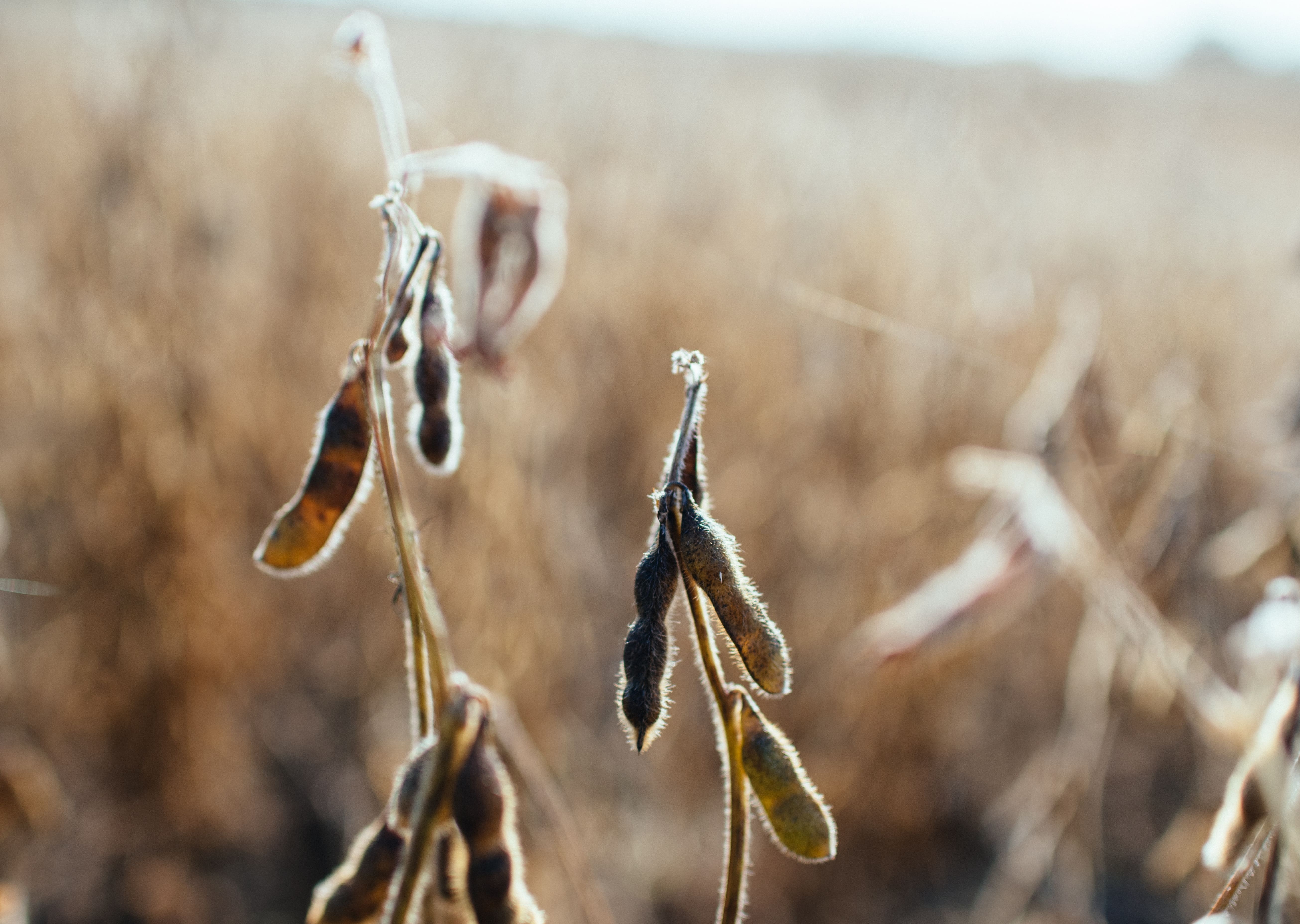Key Takeaways
- Enhanced Soybean Yield: According to a study by Li et al., 2023, rin1, a mutant allele, has significantly improved grain yield under high-density planting.
- Internode Length Control: Rin1 regulates internode length without reducing the number of nodes and pods, which is essential for maintaining yield.
- Gibberellin Metabolism: Rin1’s impact on soybean height and internode length is mediated through gibberellin metabolism.
- Genetic Interactions: Rin1’s function depends on interactions with specific transcription factors and is integral to soybean plant architecture.
Background and Significance
Soybean’s Global Impact: In 2021, soybean production reached 371.7 million tonnes globally, underlining its importance as a source of edible oil, vegetable protein, and animal feed. However, its yield lags behind significant cereals like rice and wheat due to its different growth characteristics.
The rin1 Mutation and Its Implications Per Li et al., 2023
1. Discovery of rin1: A mutant allele, Reduced Internode 1, characterized by shorter internode lengths and increased yield in dense planting, was identified. This mutation, derived from the elite cultivar Heinong 35 (HN35) through γ-ray irradiation, offers a novel approach to enhance soybean yield.
2. Genetic Basis of rin1: Rin1 resulted from a partial loss-of-function in the SUPPRESSOR OF PHYA 105 3a (SPA3a) gene, influencing gibberellin metabolism and internode development. The mutation interacts with STF1 and STF2 transcription factors, which are crucial for controlling plant height.
Molecular and Genetic Analysis
Characterization of Rin1: Genetic mapping localized Reduced Internode 1 to a specific region on the soybean genome. This mutation results in a premature stop codon in the SPA3a gene, affecting the protein’s function.
Variation in RIN1: Analysis of 1,295 soybean accessions identified three haplotypes of RIN1, influencing flowering time and potentially regional adaptation, suggesting broader implications for soybean cultivation.
Expression Patterns: Rin1 is highly expressed in the shoot apical meristems during the early vegetative stage, indicating its crucial role in determining plant height and internode development.
Functional Mechanisms of Reduced Internode 1 In Soybean
Interactions with STF1 and STF2: Rin1 interacts with two key transcription factors, STF1 and STF2, controlling their abundance and influencing gibberellin metabolism, which is critical for internode length regulation.
Genetic Dependence: Rin1’s functionality relies on STF1 and STF2, underlining a complex genetic network influencing soybean plant architecture and yield.
Regulation Through Gibberellin Metabolism: Rin1 influences the expression of GA2ox7 genes, which are pivotal in controlling gibberellin levels, thereby regulating soybean plant height and internode length.
The full article is available at Nature Communications for further insights into this study.
Photo by Kelly Sikkema on Unsplash


